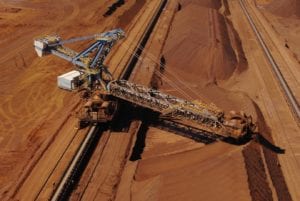Scaling to meet demand almost always means balancing capacity with time and cost of deployment. Until now, regional data centers have offered a large-scale solution, while local gateways and embedded devices cater for more local increases in demand. The first is slow, but powerful, while the second is quick but lacks capacity. And now, there’s a third option offering the best of both worlds: Micro data centers.
They’ve arrived at just the right time. The rate of digital traffic growth will make your head spin — within three years, global data transfer will hit 8.6 zettabytes.
Yes, zettabytes. That’s a mind-boggling thousand exabytes, or a billion terabytes. To cope with such sustained and aggressive growth, new solutions are needed.
The micro data center can step in to add flexibility and capacity without the build time of a regional data center, or the limitations of an embedded device.
Steve Carlini, Sr. Director, Data Center Global Solutions for Schneider Electric says, “This growing quantity of data will need to be processed and analyzed in real time, having a transformational effect on the data center market and the technologies needed to support it.”
The transformation Steve mentions is that of edge computing — moving data closer to the user — enabling critical scale and supporting a range of next-gen solutions and devices.
If crunching those numbers has made you feel dizzy, micro data centers can keep you steady. Their flexible and tested nature can lessen cost and decrease deployment time while simultaneously moving processing closer to the user to cope with increasing demand. Want a deeper dive? Here’s our handy infographic to explain more about their unique abilities:




Conversation
What is the difference between a remote micro data center and edge computing?
Hi Terry. Thank you for your question. You could think of micro data centers as a solution to support Edge Computing. For additional context, please take a look at our white paper Why Cloud Computing is Requiring us to Rethink Resiliency at the Edge:
https://www.apc.com/us/en/support/resources-tools/white-papers/why-cloud-computing-is-requiring-us-to-rethink-resiliency-at-the-edge.jsp